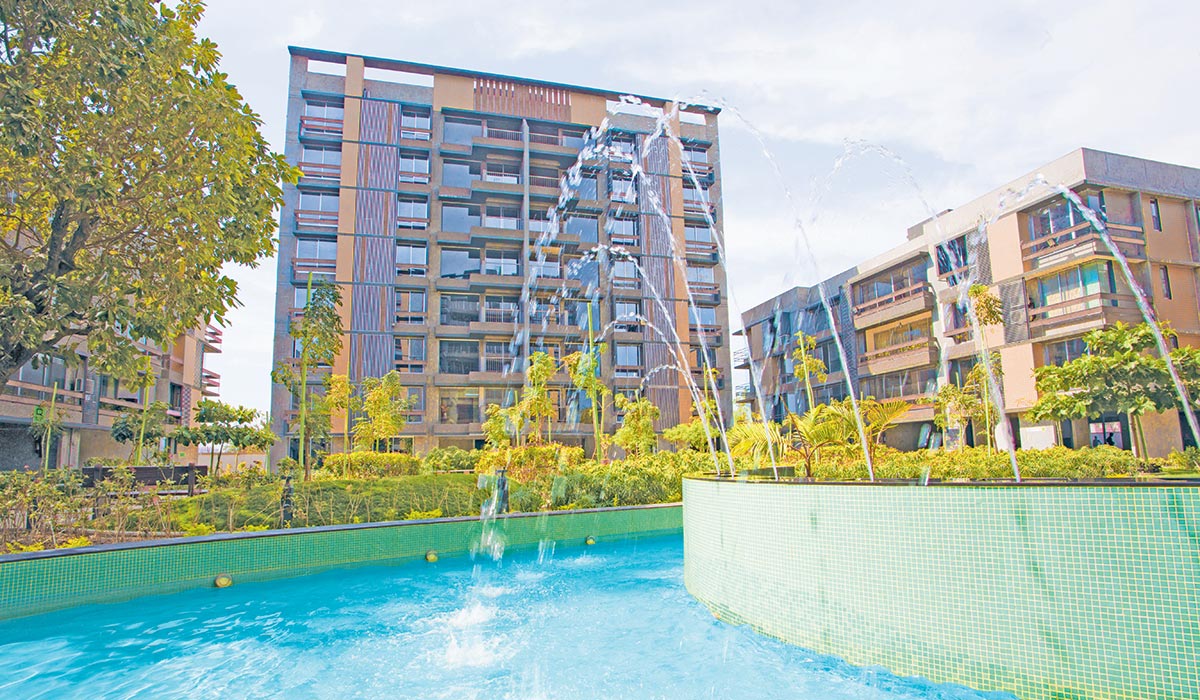
Eco-friendly structures, sensitive to local climate have always been a part of our traditional building methodology, however, the rapid demand for buildings has pushed this wisdom to the back-end. Our construction techniques are the same irrespective of the unique climatic zones that they are built in. This leads to non-eco-sensitive building design as what works in a location may not necessarily work in another. This void has been recognized and now India has emerged as a major crusader of green buildings especially in the last decade and half.
Various rating systems like GRIHA, LEED and IGBC are actively promoting building green and proving its benefits to the stakeholders. Many multinational set-ups in India compulsorily lease / occupy buildings which are rated as these rating systems are proven to enhance efficiency parameters. In 2004, IGBC had 20,000 sqft of registered green building footprint which has grown to about 4 billion sqft by 2017. This growth figure is second only to USA, which stands at about 5.5 billion sqft of registered projects. Such rapid increase in green footprint is a key indicator of progress in green structures.
 IGBC Platinum rated residential building POSH in Gujarat, by Sangath Infrastructure (Green building consultant - AW Design)
IGBC Platinum rated residential building POSH in Gujarat, by Sangath Infrastructure (Green building consultant - AW Design)In a nation like ours, where millions struggle to make ends meet, it is indeed a challenge to introduce sustainable buildings, especially so when the approach remains largely voluntary. The main roadblock is lack of awareness amongst the end-users, which is ironic because building green has been part of our culture and was advocated by our Vedas, always insisting on consuming less and building green.
We have a long way to go before the end-users get sensitive about green buildings. And developers are not able to charge a premium on green buildings because they would lose their customers to a cheaper non-eco-friendly building. Higher cost of building green can also be attributed to limited vendor base due to which green buildings still cost more. However, as the awareness is slowly increasing with social media campaigns and increasing number of vendors, costs have started to show a decreasing trend. Until the cost barrier is not overcome, it would continue to be an impediment. Case studies of green buildings have demonstrated paybacks, both tangible and intangible. We also look forward to a more refined policy level draft on green building strategies, subsidies and benefits to individuals and organizations who wish to go green.
We look forward to a more refined policy level draft on green building strategies, subsidies and benefits to individuals and organizations who wish to go green
I admire...
One of the true inspirations of building green to us and many others has been ‘Falling Water’ by Frank Lloyd Wright, located in Pennsylvania. Apart from being an architectural marvel, this structure is a true testament to what extent one can amalgamate a dwelling unit with nature.
We also look forward to a unique project that we at AW Design have just started working on. It is a learning centre for children. We are working on taking indoor teaching to the outdoors by virtue of design and principles of sustainable architecture.















